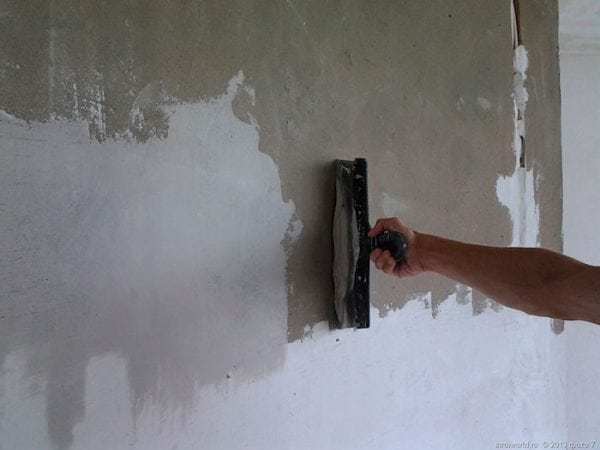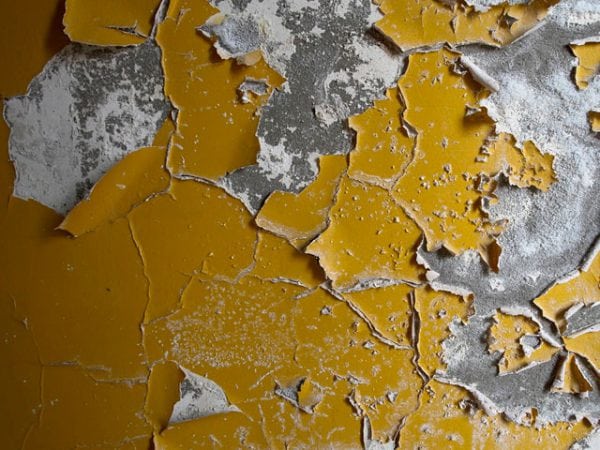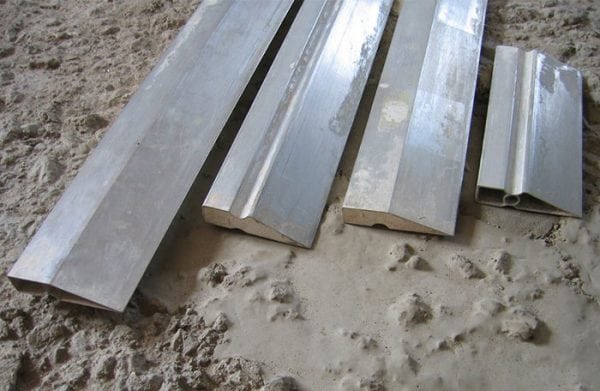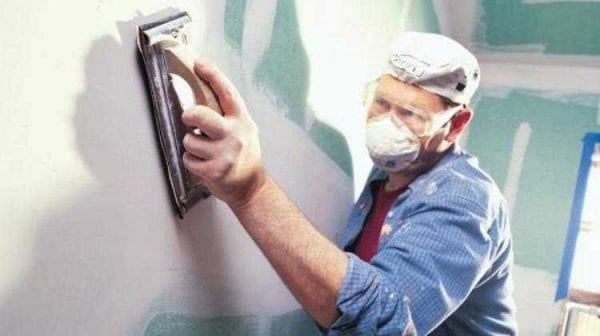Many are interested in the question of whether it is possible to putty on paint and what will result in such an action? In principle, it is possible to apply putty on old paint, but, for starters, it is necessary to determine what type and type of coating was used previously. It is very easy to find out:
- Prohibition of putting putty on old paint
- Work surface preparation
- How to apply putty mixture
- Eliminate unevenness on the wall
- Getting ready for coloring
- Paint application

- In the dishes, draw water at room temperature.
- Spread a small area of your chosen surface with an ordinary sponge.
The emulsion coating is easy to calculate. If it starts to wash off easily and foam at the same time, this is exactly this type of paint. Putting putty on a water emulsion is a waste of time, it will still begin to exfoliate.

The thing is that this type of paint draws moisture from the putty, so it will certainly peel off, and this is just a matter of time. Therefore, this type of substance must be completely cleaned from the working area. To do this, wet the painted wall with a spray gun or a damp sponge and wait 20 minutes for it to “soak”. A spatula can easily remove the exfoliated layer, after which the wall will need to be dried (to avoid the appearance of fungus).
to contents ↑Prohibition of putting putty on old paint
Putting putty on old paint is contraindicated in such cases:
- if enamel paint was applied to the wall, which is based on drying oil;
- when the coating has already begun to crack.
Feel free to putty on the paint only after its preliminary check for strength. Check the strength is not difficult:
- take an ordinary spatula and mechanically apply a few scratches on the painted surface;
- run a spatula over the surface;
- if after some time the paint does not peel off, you can work with such a surface without preliminary cleaning;
- Prior to the application of putty, the surface must be pre-cleaned with soapy water and degreased.
There are surfaces on which categorically it is impossible to put putty:
- the wall or ceiling is loose and peels off by itself;
- fungus formed on the wall due to excess moisture.
Remember that to putty on paint (old paint) is always a certain risk, since no one warrants the final result.

Work surface preparation
The people know the thermal, chemical or mechanical method of removing paint. The chemical method assumes that during operation special means will be used that help soften the enamel layer to such a state that it is cleaned without any problems with a spatula. When exposed to toxic solvents, which are the basis of such drugs, the paint quickly collapses "from the inside." The only rule when using this type of tool: the room must be carefully ventilated.
The thermal method is based on the effect of hot air on the working surface. A professional building hair dryer will help in this. The paint is easily peeled off and must be removed immediately with a spatula, without waiting for the temperature to drop.
The mechanical method is based on the removal of an unnecessary layer of paint using a spatula or a special grinding machine. This is a very long and not the easiest way, so if the paint leaves only in certain places, it is enough to remove it, and in other parts try the above methods.
to contents ↑How to apply putty mixture
Putty - a material in the form of a powder or paste, which is used to level the walls before applying other finishing materials to them. Putty on the paint must be applied strictly from the corners. During application, it is necessary to move to the opposite edge of the wall.
When filling it is necessary to mask the bumps that we see on the wall. Here you will come to the rescue a special device - the rules. Use the rule to check the entire wall and ceiling in different directions. To mask uneven on the wall often use special putty with the addition of an oil mixture. It is better to buy the oil mixture in a specialized store, and make the choice not on your own, but ask for help from a sales assistant.
There are different types of putty. All depending on whether you putty under the wallpaper or under the paint. For painting, a layer of plaster is often applied with a higher quality, even. You should apply evenly up to 5-6 coats. For puttying under wallpaper, the process is much easier - only 2-3 layers. Corners must be processed after the second layer, because it is they that are most striking. First, they need to be adjusted with a spatula so that bulges do not form, and then you need to align them from the corner to the periphery.

Eliminate unevenness on the wall
If you saw vertical bumps, then you need to handle them along the line of education. Thus, the bumps seem to be filled with the missing material. For this also use plaster. If you see a roughness that goes along a horizontal line, it is putty, respectively, in the same direction.
But not always means well. Putty on the paint should not be applied in too large a layer, otherwise your work may just crumble.
When puttying, air bubbles can form, but this is not scary. They can be sanded when the base layer dries. To sand a surface it is possible by means of a special emery paper. Try not to make recesses appear on the wall, because you must fill them all up.
to contents ↑Before applying a coat of paint to a wall or ceiling, apply a primer. Proper application of the primer will ensure the economical use of the paint material. The primer must be applied with a thin layer.
Getting ready for coloring
To achieve a beautiful color when painting walls, several elementary rules should be considered:
- The wall must be smooth, the paint will never hide small irregularities, on the contrary, it will only emphasize them. Especially if you will paint with acrylic paint.
- After puttying, the surface of the walls must be completely dry.
- You must begin to paint the surface from the ceiling, so you can avoid unnecessary drips.
Paint application
Paint can be applied:
- a brush;
- roller;
- spray gun.
Each technique has its positive and negative sides. For example, a brush helps to paint the corners well, and the instruction for its use is familiar even to children, because it’s enough to simply thoroughly treat the surface by applying a small amount of paint to the brush.
A dense layer of material allows you to apply a roller. Plus, while painting the walls with a roller, the time that is needed to paint the entire room is significantly saved.
As for the special spray gun, the main thing here is to rationally distribute the paint. The atomizer helps to save money significantly.
Summing up, it can be noted that the putty in paint is not a myth, but a reality. And subject to the relevant rules, this coverage will last you quite a long time.





